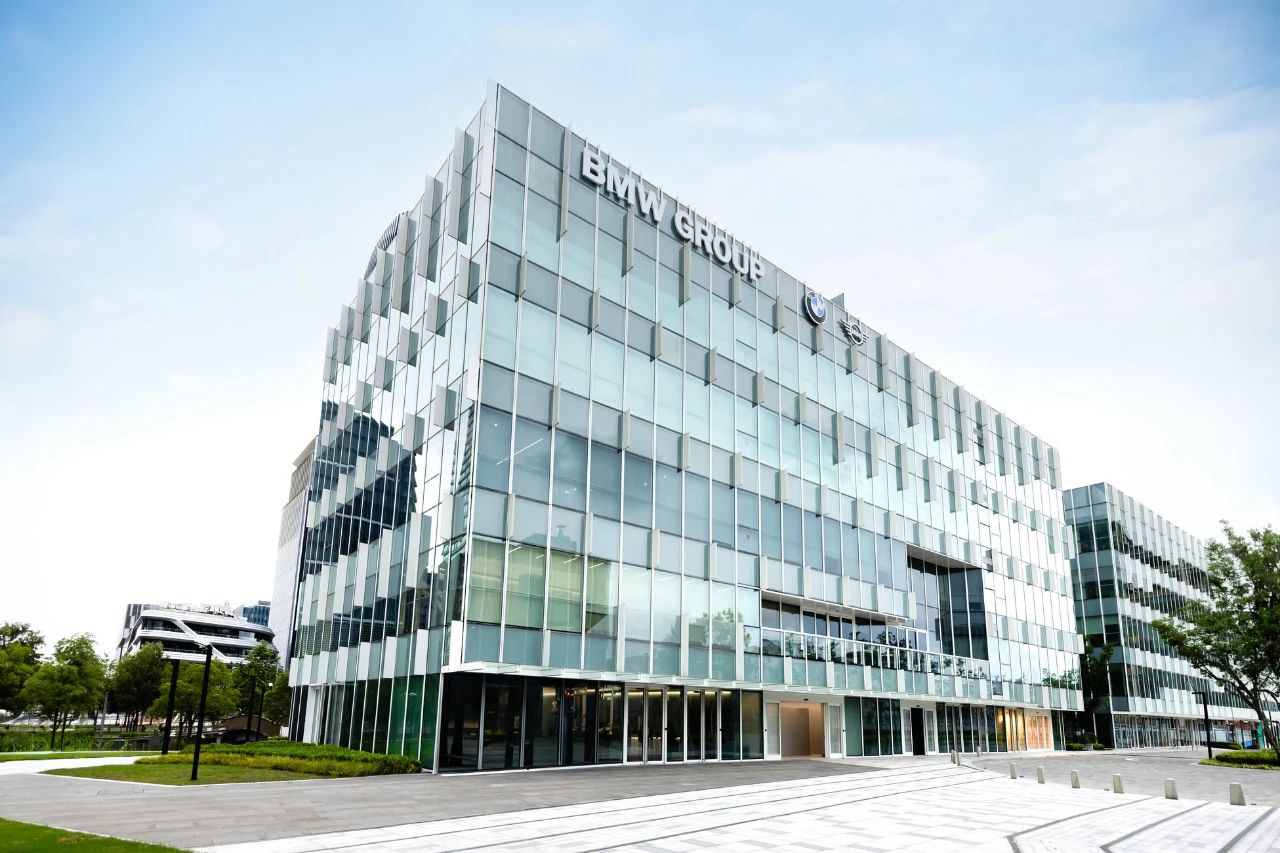BMW inaugurates new R&D center in Shanghai
Shanghai (ZXZC)- On July 18, 2023, BMW Group inaugurated its new Shanghai R&D Center. With the continuous expansion and upgrading of BMW's research institutions in Beijing, Shanghai, Shenyang, and Nanjing cities, BMW Group has established the largest and most comprehensive R&D system outside of Germany.

Photo credit: BMW Group
Board member responsible for R&D at BMW, Frank Weber, stated, "Over the past three years, the member number of our R&D team in China has tripled. Today, we have over 3,200 designers, engineers, experts in new energy vehicles and software, who work closely with Chinese tech partners, start-ups, local collaborators, and academic institutions to create cutting-edge innovative technologies. China represents the future, and it will play an even more crucial role in BMW's global R&D network."
In 1990, the BMW Research and Innovation Center (FIZ) was established. Currently, BMW Group's R&D network spans 17 countries, and in China, it boasts the largest research and innovation network outside of Germany.
Within BMW's global R&D network, only China, besides Germany, possesses the full-cycle automotive R&D capabilities. With over 3,200 researchers utilizing their expertise and collaborating closely across different fields, BMW delivers products that truly resonate with Chinese consumers. For example, in BMW’s 9th-generation operating system, China-exclusive features account for 70% of the overall system. The BMW China R&D team has been deeply involved in the design, development, testing, and validation of the domestically produced all-electric BMW i5.
Human-machine interaction is one of the core aspects of digital user experience. China is the only country, apart from Germany, where BMW has established the Skylab Human-Machine Interaction Design Team and the Usability Lab User Research Laboratory, encompassing all core design functions, including user experience design, visual design, user research, and human-machine interaction development. This fully demonstrates BMW's systematic, precise, and advanced usability research methods based on simulation models.

